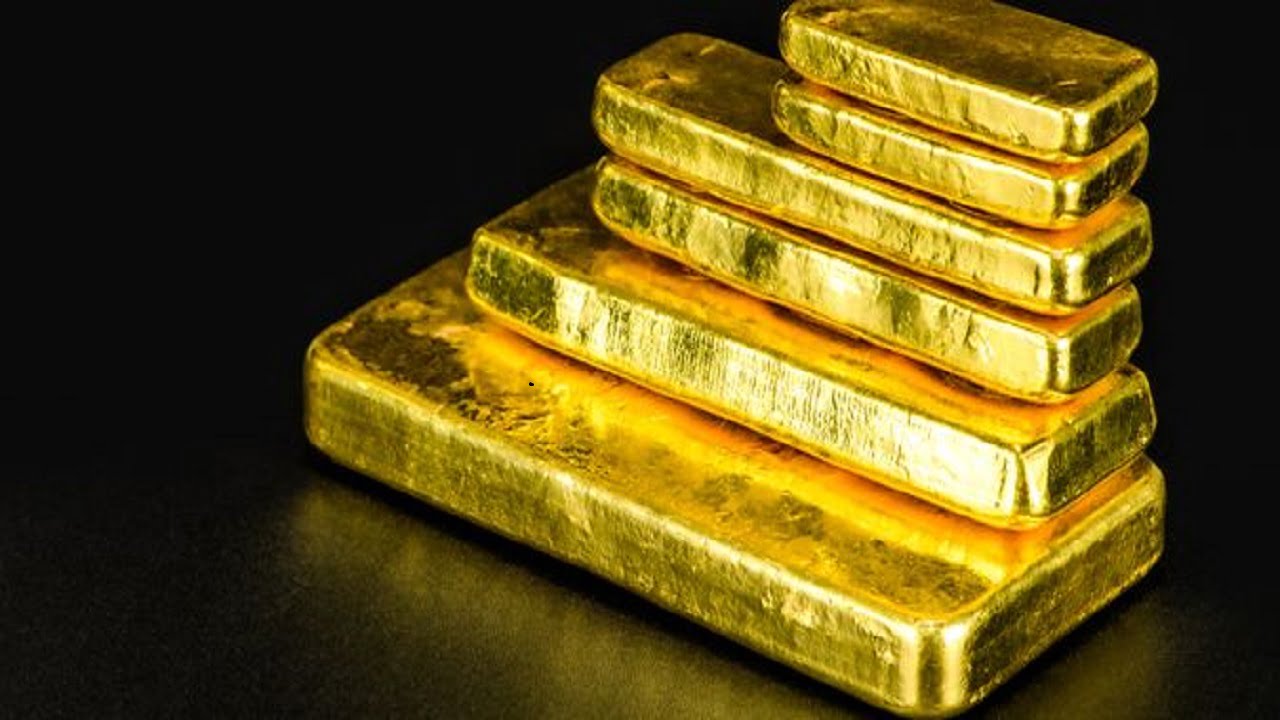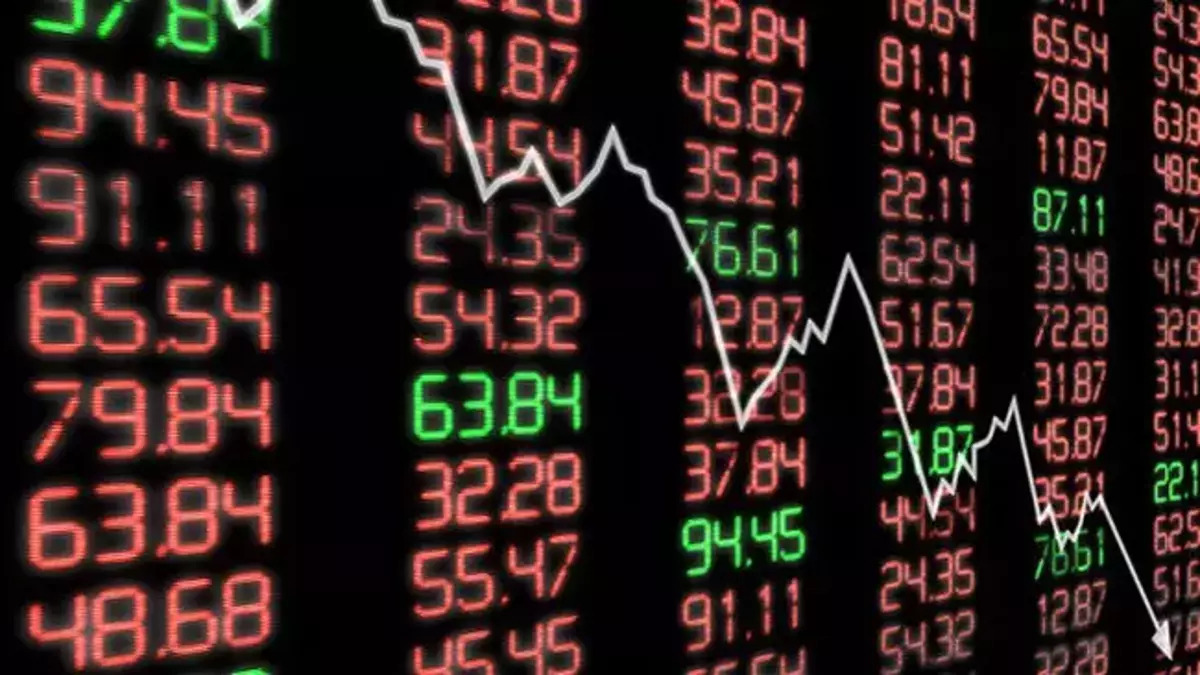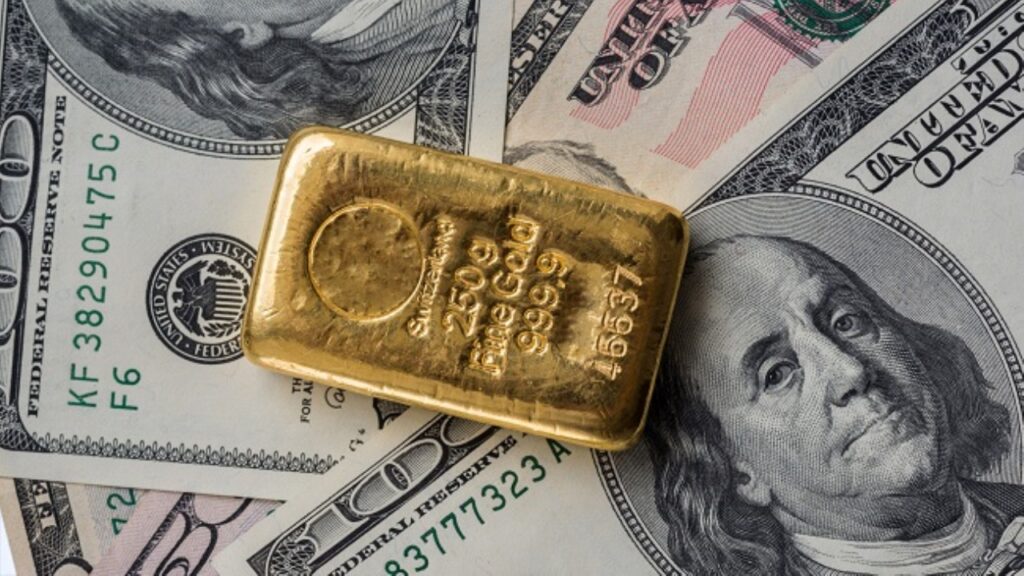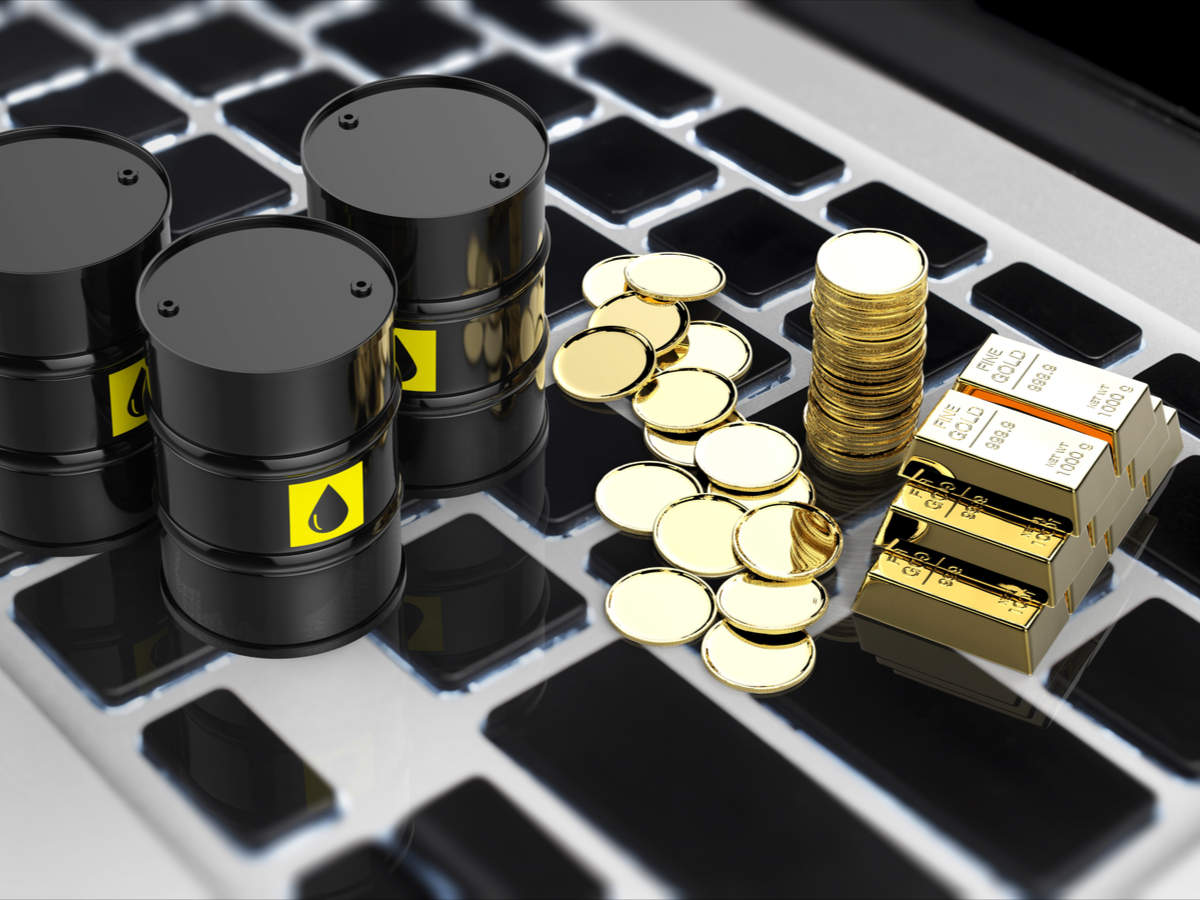Gold fell to $1,832, with Fed members not seeing a recession risk, waiting for inflation data, and expectations that the ECB will also be involved in the process in July. The gold market is in a “danger zone” with prices approaching $1,800 an ounce, according to analysts.
Gold price in ‘danger zone’ as prices drop another $30
June Comex gold futures fell to $1,820.40 an ounce, down 1.7% for the last trading day. With it trading at $1,822.30, another surge in the US dollar triggered a decline in gold on Thursday. Meanwhile, the US dollar index rose to a 20-year high at 104.80.
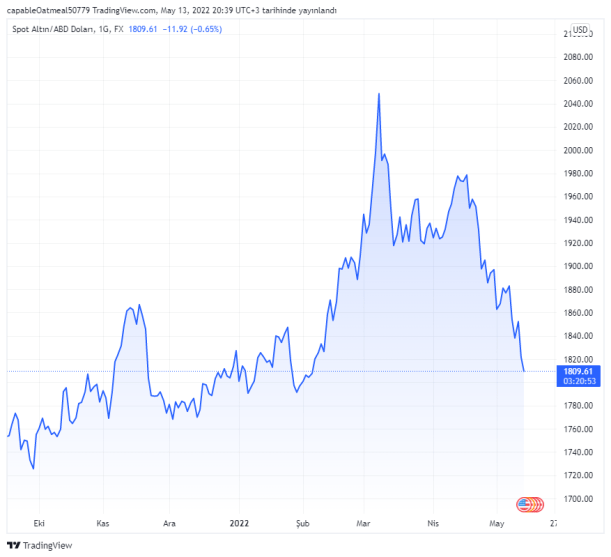
Gold has solid support at $1,800 an ounce, but a break below this level could prompt a steeper sell-off. OANDA senior market analyst Edward Moya said:
The dollar has firmly placed gold in the danger zone and a break of the $1,800 level could prompt further technical selling. Until this movement in the dollar ends, gold cannot attract attention.
The drop to $1,900 coincided with the sell-off on the US stock market
Investors are shifting to risk-aversion sentiment over fears about the Federal Reserve’s ability to fight inflation without triggering a recession. On this, Moya adds:
Right now, both Treasury yields and the stock market are falling, which should show we’re approaching a capitulation with this moment of risk taking on Wall Street. If gold sinks below the $1,800 level, technical selling could support a decline towards $1,750. TD Securities strategists, whose analysis we shared as
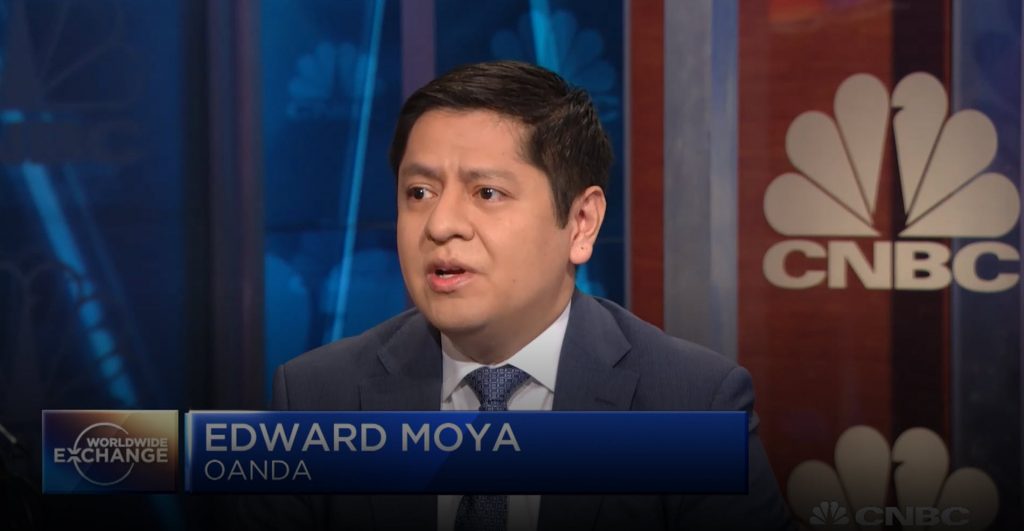
Kriptokoin.com , say that large market sales create a liquidity gap that also hurts. Strategists said on Thursday:
Significant sales flow continues to put pressure on the yellow metal at a time when liquidity is scarce. Prices are struggling to sustain the bull market era that defined an uptrend in the yellow metal under the pressure of this selling influx… creating a bearish sentiment.
Thursday afternoon, markets also digested the US Senate’s approval of Federal Reserve Chairman Jerome Powell by a vote of 80-19 in his second term. The vote showed broad support for Powell after the Federal Reserve decided in May to raise interest rates by 50 basis points, the fastest increase since 2000. According to
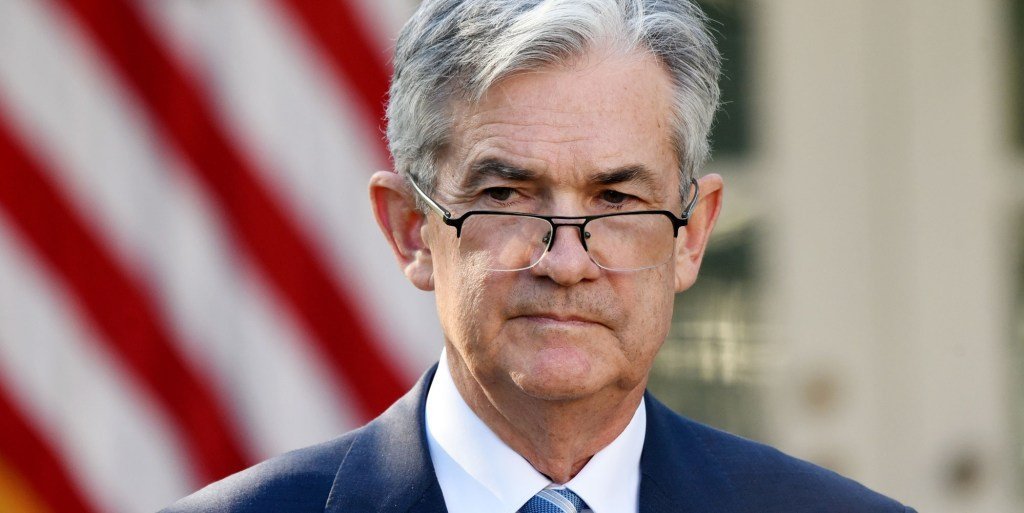
CME FedWatch Tool, markets currently have a 93% chance for an additional 50bps increase in June and a 90% chance for a 50bps increase in July. is priced. According to Commerzbank analyst Daniel Briesemann:
Inflation will likely remain higher than before the pandemic because wage costs are rising sharply, for example due to the tight labor market. The Fed is therefore under pressure to raise interest rates significantly. Our economists expect a 50 basis point rate hike at the Fed’s next three meetings. The key rate is likely to reach 3.0% by the end of the year.




